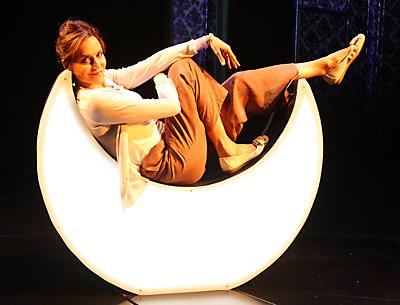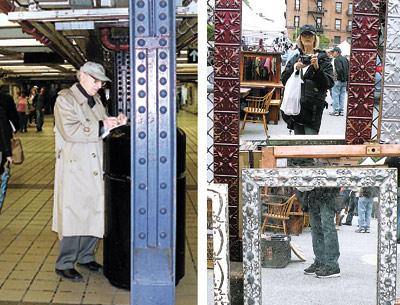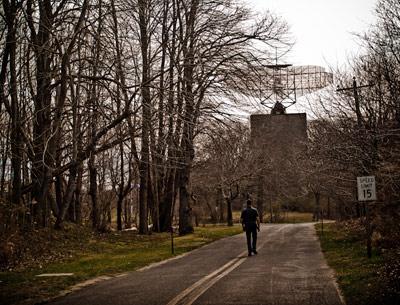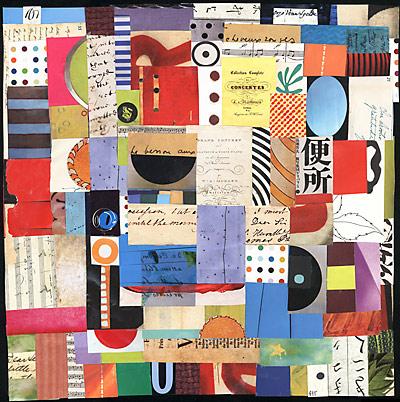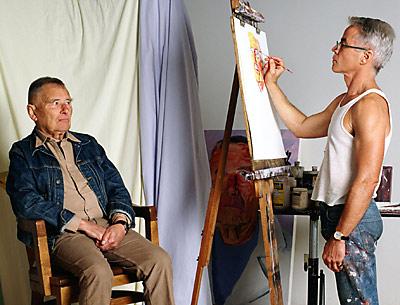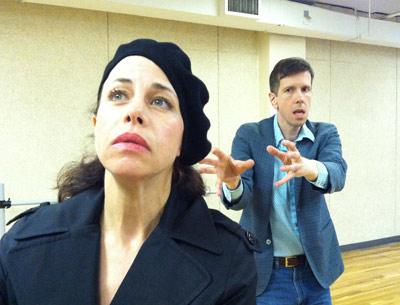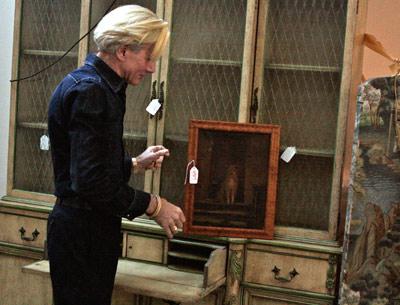Opinion: Saloon Singer Ascendant
Opinion: Saloon Singer Ascendant

The opening salvo of jangly guitar licks on “Ex Post Facto,” from Chris Campion’s new EP, is so arresting, practically spellbinding, it raises the question of the extent to which pure sound, at once propulsive, insistent, and melancholy, can be a character in a 4-minute- and-50-second rock ’n’ roll tale. Instrumentals can of course call to mind all manner of emotions, but what about embodying, say, futility, or striving, or loss? Any one of those could be standing over your shoulder as the disc spins.
That may be one for the musicologists and philosophers. This listener’s real-world experience of playing the tune some two dozen times in relatively short order reveals that it carries a voltage that no amount of repetition will diminish. Directed to a depressed or at least self-pitying friend “lapping up that soul-soothing salve,” it might be the happiest sad song you’ll hear.
The disc, a remarkably full five-song solo effort, extends Mr. Campion’s creative successes of late: the run of his stage show of music and storytelling, “Escape From Bellevue,” at the Village Theater (now Le Poisson Rouge) in Manhattan, and his memoir of the same name, subtitled “A Dive Bar Odyssey,” published by Gotham in 2009.
The new release is called “The Saloon Singer,” and it would be remiss not to point out that a sense of Mr. Campion’s showmanship can be had — where else? — online, at reverbnation.com/ chriscampion, where there’s a video of “Ex Post Facto” featuring the yoga poses of a bracingly limber woman of a certain age who appears to have no teeth. (An urban attention seeker, maybe, in the cartoonist Daniel Clowes’s phrase.) And there you can see our man grilled by Shemp Butler, a blunt workingman of a “radio personality” who seems . . . strangely familiar.
Come the fall, Mr. Campion as the Saloon Singer is to be back onstage in New York. And though it’s been a while since his Knockout Drops have played the Stephen Talkhouse, on July 21 he’ll perform in Amagansett at Rock the Farm with the reggae ensemble Steel Pulse to benefit the Wounded Warrior Project.
In the meantime, the EP alone is welcome news — even if you haven’t been despairing of the state of popular music on the Island. Mr. Campion’s songwriting can be enjoyed by adults, for one thing. “Stolen Winter” offers an apocalyptic vision — “I walk a mile on one drunk foot, as I drag the other with me, like a mad nag loose in the city, unbridled, unhitched, and unsung” — before this slow processional of a song becomes something of a hymn, with all the slightly hair-raising power that implies.
Mr. Campion, who grew up in Huntington and lives in Woodside, Queens, is nothing if not likable — for his empathy for losers and weirdos, for instance. In “Esteban,” he tells of a dreamer helpless against the distraction of the breeze in the trees. In the face of his terminally misguided focus, his wife has been his savior: “Every time I get close, she cuts me down and hides the rope,” Mr. Campion sings with rising emphasis. “I love her more than she’ll ever know, and one day soon, I’ll tell her so.”
But he isn’t going to, is he. Just as I’m going to fail to get across what’s so moving about those lines.

